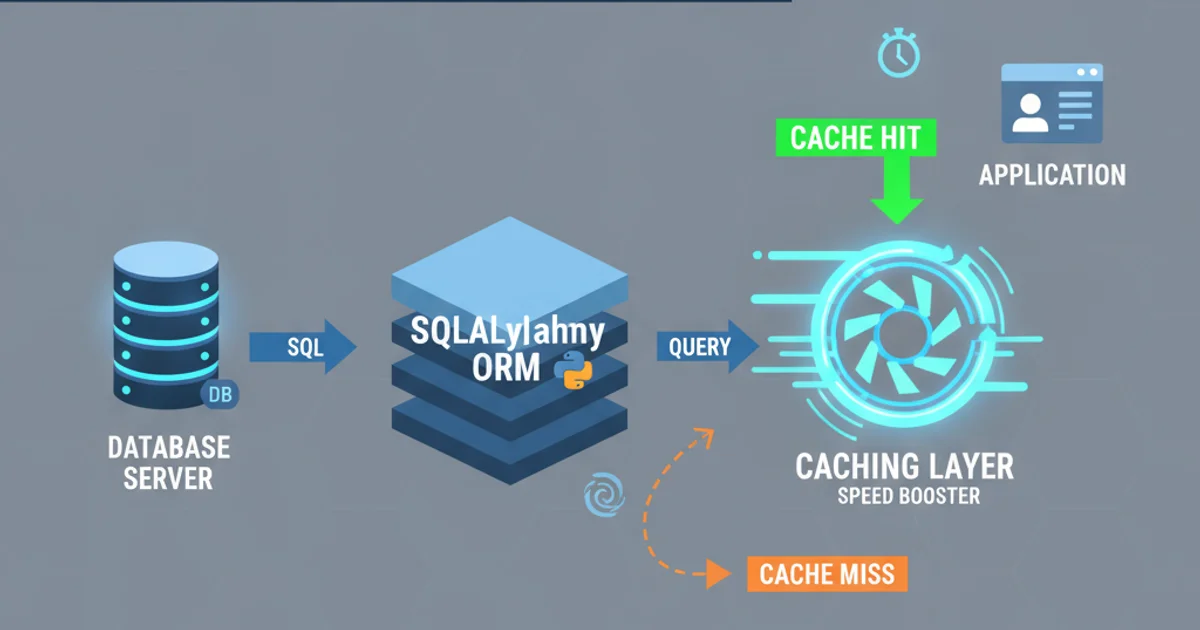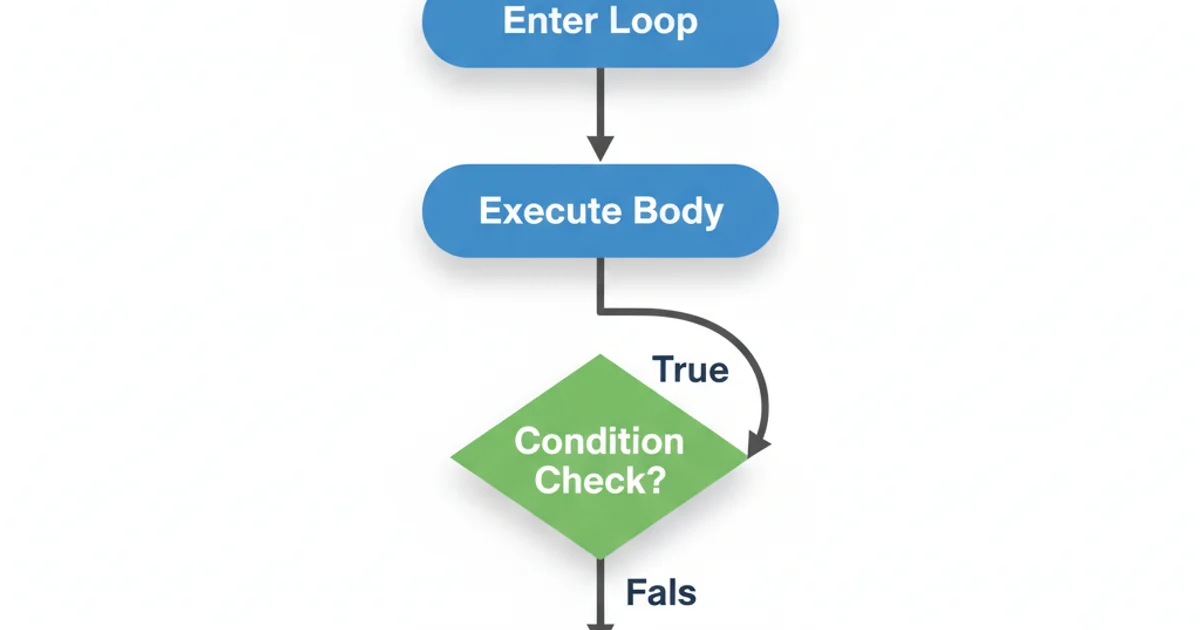Elegant way for do ... while in groovy
Categories:
Elegant 'do...while' Loop Patterns in Groovy

Explore various idiomatic and elegant ways to implement 'do...while' loop behavior in Groovy, including traditional approaches and more functional alternatives.
The do...while loop is a fundamental control flow structure in many programming languages, guaranteeing at least one execution of its body before checking the condition. While Groovy doesn't have a direct do...while keyword like Java, it offers several elegant and idiomatic ways to achieve the same behavior, often with more conciseness or functional flair. This article explores these patterns, helping you choose the most appropriate one for your Groovy applications.
Understanding the 'do...while' Concept
Before diving into Groovy specifics, let's briefly recap the core characteristic of a do...while loop: the loop body executes at least once, and then the condition is evaluated. If the condition is true, the loop repeats; otherwise, it terminates. This is in contrast to a while loop, which checks the condition before the first execution.

Flowchart of a 'do...while' loop
Traditional Approaches: Simulating 'do...while'
The most straightforward way to simulate a do...while loop in Groovy is to use a standard while loop combined with an initial execution of the loop body or by manipulating the loop condition. This approach is familiar to developers coming from Java or C-like languages.
def count = 0
// Option 1: Initial execution before while loop
println "Option 1: Initial execution"
count = 0
println "Current count: ${count}"
count++
while (count < 3) {
println "Current count: ${count}"
count++
}
println "\nOption 2: Using a boolean flag"
count = 0
def firstRun = true
while (firstRun || count < 3) {
println "Current count: ${count}"
count++
firstRun = false
}
Idiomatic Groovy: The 'loop' Closure Pattern
Groovy's powerful closure capabilities offer a very elegant and often preferred way to achieve do...while behavior. By defining a closure that encapsulates the loop body and then calling it repeatedly based on a condition, you can create a highly readable and flexible construct. This pattern leverages Groovy's while method on Boolean or Closure objects.
def i = 0
def loopBody = {
println "Loop iteration: ${i}"
i++
}
// Execute the loop body at least once, then check condition
loopBody()
while (i < 3) {
loopBody()
}
println "\nUsing a more concise closure approach:"
def j = 0
{
println "Concise iteration: ${j}"
j++
}.while { j < 3 }
closure.while { condition } syntax is particularly elegant. It executes the closure once, then repeatedly executes it as long as the condition closure evaluates to true. This is the closest Groovy gets to a direct do...while equivalent in terms of syntax and behavior.Functional Alternatives: Recursion and Stream-like Processing
For scenarios where the loop's purpose is to generate a sequence or process data until a certain state is reached, more functional approaches like recursion or stream-like processing can be considered. While not direct do...while replacements, they offer alternative paradigms that might be more suitable for certain problems.
// Example: Recursive function to simulate a do...while like behavior
def processUntilCondition(value) {
println "Processing value: ${value}"
if (value < 3) {
processUntilCondition(value + 1)
}
}
println "\nRecursive approach:"
processUntilCondition(0)
// Note: For simple iterative tasks, the closure.while pattern is generally preferred
// for its clarity and avoidance of potential stack overflow issues with deep recursion.
StackOverflowError. For simple iterative tasks, the closure.while pattern is generally safer and more performant.